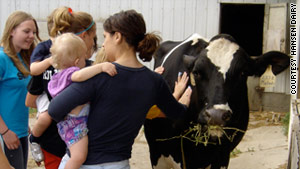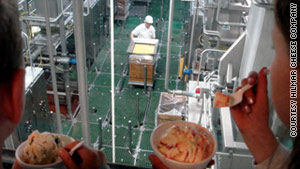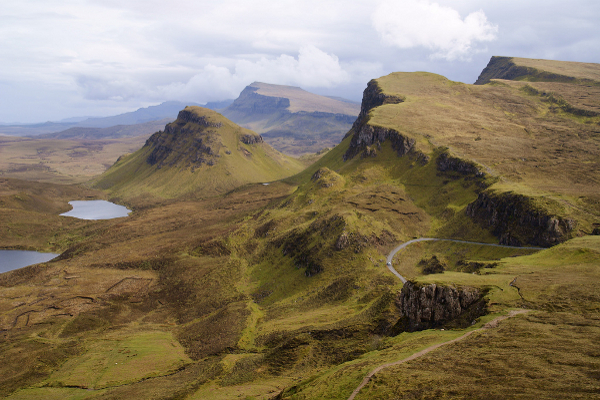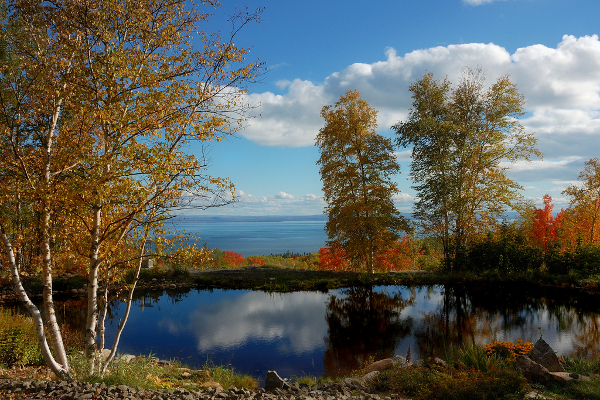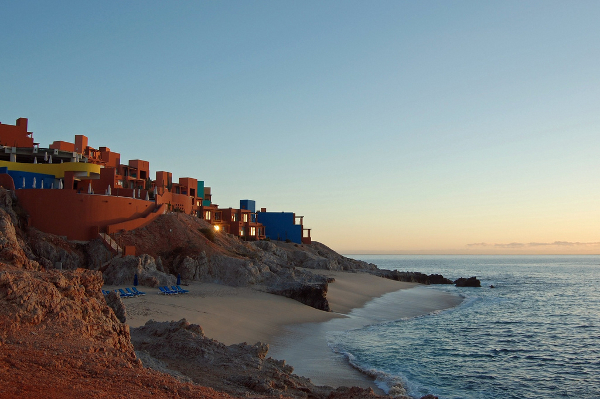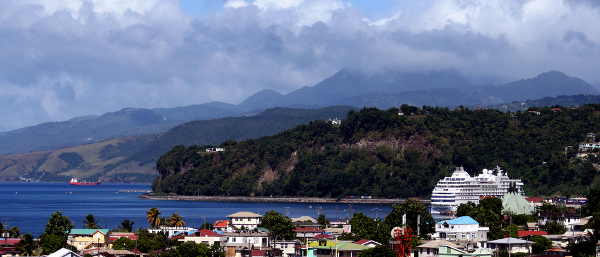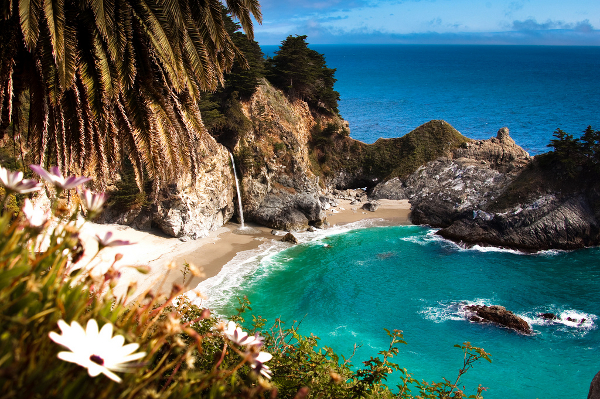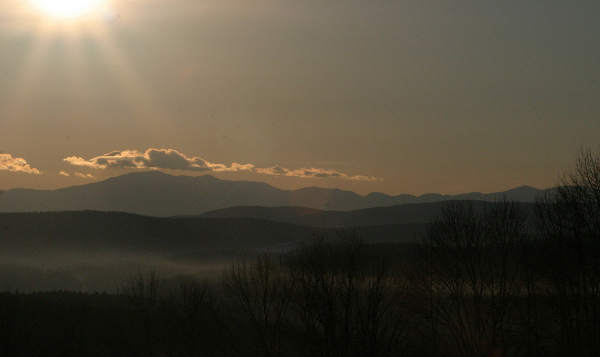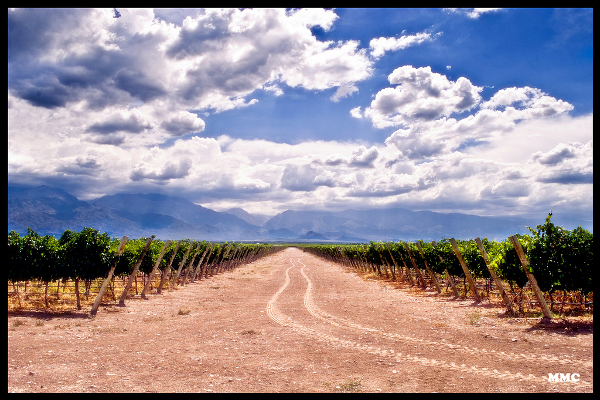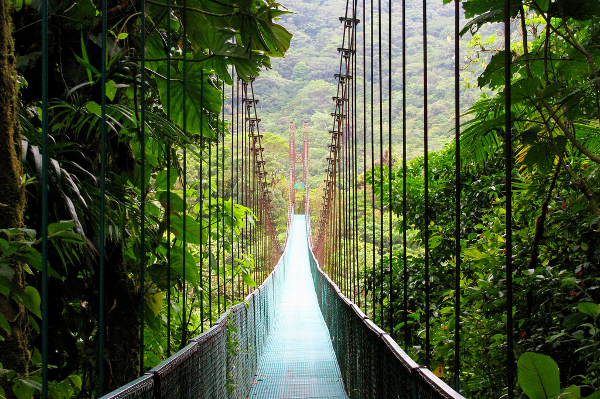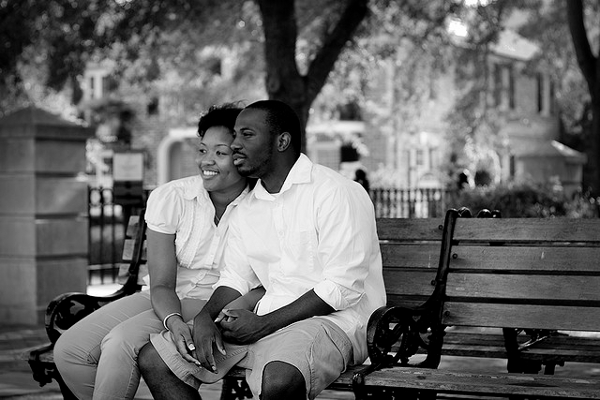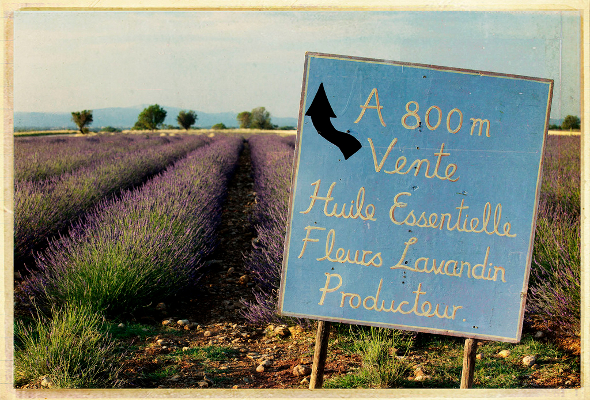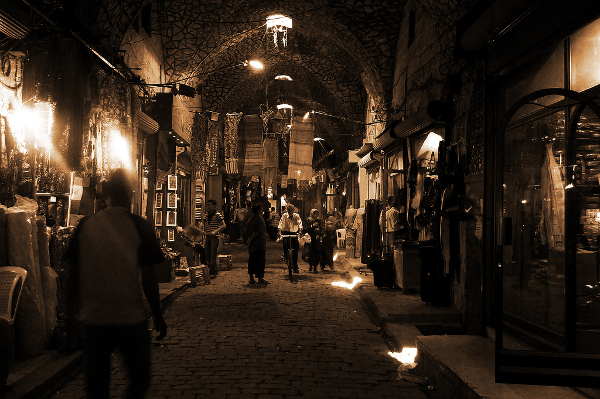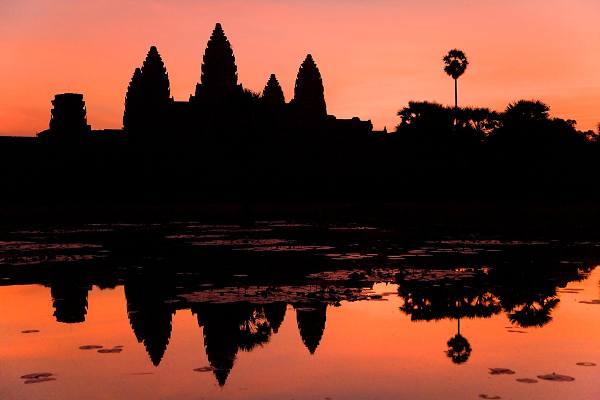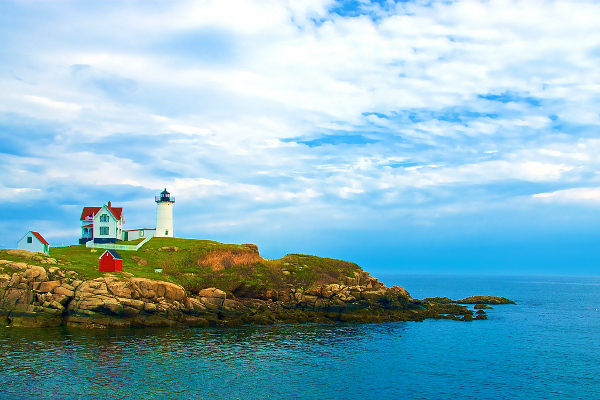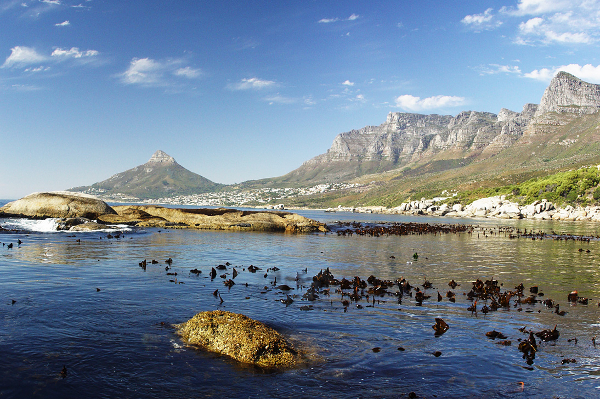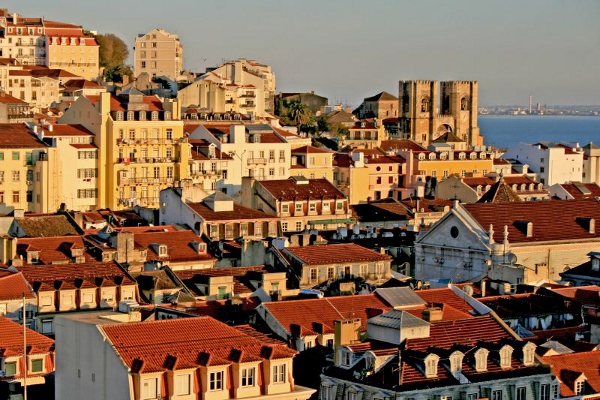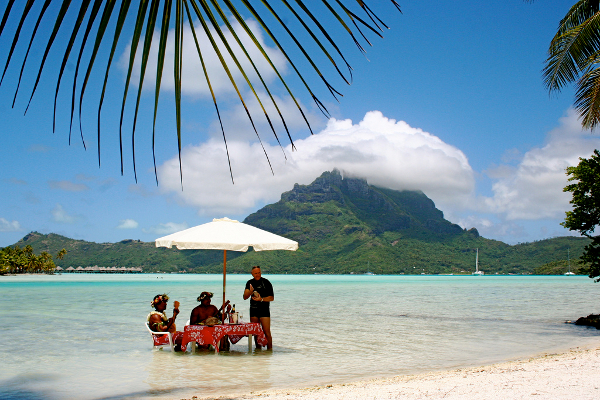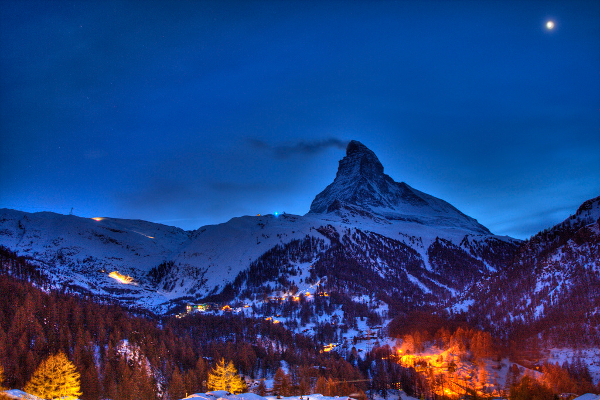Travel to Switzerland
Switzerland
(German: Schweiz, French: Suisse, Italian: Svizzera, Romansch: Svizra) is a landlocked country in Central Europe. It has borders with France to the west, Italy to the south, Austria and Liechtenstein to the east and Germany to the north.
The climate is temperate, but varies with altitude. Switzerland has cold, cloudy, rainy/snowy winters and cool to warm, cloudy, humid summers with occasional showers.
Switzerland is known for its mountains (Alps in south, Jura in northwest) but it also has a central plateau of rolling hills, plains, and large lakes. The highest point is Dufourspitze at 4,634 m while Lake Maggiore is only 195 m above sea level.
Understand
Switzerland's independence and neutrality have long been honored by the major European powers and Switzerland was not involved in either of the two World Wars. The political and economic integration of Europe over the past half century, as well as Switzerland's role in many UN and international organizations has strengthened Switzerland's ties with its neighbors. However, the country did not officially become a UN member until 2002. Switzerland remains active in many UN and international organizations, but retains a strong commitment to neutrality.
Switzerland showcases three of Europe's most distinct cultures. To the northeast is the beer-drinking, sausage-eating German-speaking Switzerland; to the south-west the wine drinking and shopping spills effortlessly into France; in the south-east the sun warms cappuccino-sippers loitering in Italian-style plazas; and in the center: classic Swiss flugelhorns and mountain landscapes. Binding it all together is a distinct Swiss mentality.
Switzerland can be a glorious whirlwind trip whether you've packed your hiking boots, snowboard, or just a good book and a pair of sunglasses.
Economy
Switzerland is a peaceful, prosperous, and stable modern market economy with low unemployment, a highly skilled labor force, and a per capita GDP larger than that of the big Western European economies. The Swiss in recent years have brought their economic practices largely into conformity with the EU's to enhance their international competitiveness. Switzerland remains a safe haven for investors, because it has maintained a degree of bank secrecy and has kept up the franc's long-term external value. Reflecting the anemic economic conditions of Europe, GDP growth dropped in 2001 to about 0.8%, to 0.2% in 2002, and to -0.3% in 2003, with a small rise to 1.8% in 2004-05. Even so, unemployment has remained at less than half the EU average.
Cities
The capital city of Berne
Zurich - Switzerland's biggest city and a major center of banking also has a thriving nightlife.
Geneva - This center of arts and culture, the second-largest city in Switzerland, is by far the international capital-- home to around 200 governmental and non-governmental organizations. Geneva was the home of John Calvin during the Reformation, elevating the city to the rank of "Protestant Rome," the effects of which drive Geneva today.
Berne - The Swiss capital features an amazingly well preserved old-town with arcades along almost every street. Great restaurants abound, as do bars and clubs. Check out the Einstein sites as well.
Basel - Slightly smaller than Geneva, Switzerland's third city is the traveler's gateway to the German Rhineland and Alsace.
Lausanne - While Geneva is busy being the international capital, Lausanne fills the role in most of the rest of French-speaking Switzerland. Scenery, dining, dancing, boating and the Swiss wine-country are the draws.
Lugano - Italian-speaking Switzerland's top destination, with a gorgeous old-town and a pretty lake. The food is simply amazing.
Lucerne - Central Switzerland's main city with direct water links to all of the early Swiss historic sights. It's pretty too, and though it is heavily touristed the views and museums make putting up with the crowds well worthwhile.

By Airplane
Major international airports are in Zurich, Geneva and Basel, with smaller airports in Lugano and Berne. Flying into nearby Milan (Italy), Lyon or even Paris (France) or Frankfurt (Germany) are other options though rather expensive and time-consuming (3h Frankfurt-Basel, 4h Milan-Zurich, 5h Paris-Berne) by train. Some discount airlines fly to Friedrichshafen, Germany which is just across Lake Constance (the Bodensee) from Romanshorn, not too far from Zurich. The Flagcarrier of Switzerland is SWISS which is a member of Star Alliance and successor of the famous Swissair.
By train
Trains arrive from all parts of Europe. Switzerland is together with Germany one of the most central-lying countries in Europe, making it a center of railways and highways to the rest of Europe. Some major routes include:
The TGV, with several trains daily from Paris, Avignon, Dijon, and Nice.
Hourly trains to/from Milan with connections to all parts of Italy
Hourly ICE (German high-speed trains) from Zurich to Karlsruhe, Mannheim, Frankfurt in Germany, many continuing toward Amsterdam, Hamburg or Berlin.
Regular ICE trains from Zurich to Stuttgart and Munich
Night trains from Paris, Amsterdam, Berlin, Hamburg, Prague, Vienna, Belgrade, Barcelona Rome and Venice to Basel, Geneva, Zurich and some also to Lausanne. These trains are either "EuroNight" (symbol: EN) or CityNightLine (symbol: CNL) services
By bus
Eurolines has incorporated Switzerland in its route network.
Due to the Bosnian war in the 1990'ies there are several bus companies serving the Bosnian diaspora, which provide a cheap and clean way of getting to the Balkans. Turistik Prošić runs from various destinations in the Federation of Bosnia and Hercegovina to Switzerland.
By car
Common tourist destinations within Switzerland are easily reachable by car, e.g. Geneva from central eastern France, and Zurich from southern Germany. Although Switzerland is now part of the Schengen agreement, it is not part of the EU customs/tariff union. Therefore EU/Swiss border posts will focus on smuggling etc. and checks on main roads will remain in place even after 2008. Delays are usually short but cars may be stopped and no reason needs to be named. Some delay may be caused by queuing at busy times and there are often queues lasting hours to use the tunnels under the Alps from Italy such as Mont Blanc, Gotthard etc. Swiss motorway vignettes can and should be purchased at the border if your car does not already have a valid one for the year and you intend to use the Swiss motorways which is almost unavoidable.
By plane
The following carriers offer domestic flights within Switzerland:
SWISS (Basel/Mulhouse (EuroAirport Swiss), Geneva (Geneve-Cointrin Airport), Lugano Airport, Zurich Airport)
Darwin Airlines (Berne (Belp Airport), Geneva (Geneve-Cointrin Airport), Lugano Airport)
FlyBaboo website (Geneva (Geneve-Cointrin Airport), Lugano Airport)
But in almost every case you will be better off taking the train.
Public transport
The Swiss will spoil you with fantastic transportation - swift, disturbingly punctual trains, clean buses, and a half dozen different kinds of mountain transport systems, integrated into a coherent system. The discount options and variety of tickets can be bewildering, from half fare cards to multi-day, multi-use tickets good for buses, boats, trains, and even bike rentals. In general there's at least one train or bus per hour on every route, on many routes trains and buses are running every 30 min, but as with everything in Switzerland the transit runs less often, or at least for a shorter period of the day, on Sundays. Authoritative information, routes, and schedules can be found at or from a ticket window in any train station.
Tickets
Almost nobody in Switzerland pays full fare for the transit system. At the very least they all have a Half-Fare Card (Demi-tarif/Halbtax) which saves you 50% on all national buses and trains and gives a discount on local and private transit systems. Press the '1/2' button on the ticket machines to indicate you have this card, and be prepared to hand it to the conductor along with your ticket on the train. Annual half fare cards cost CHF165; visitors from abroad can buy a 1-month Half-Fare Card cards for CHF99. You save CHF 57 on a round-trip ticket from Zurich to Lugano, so if you are planning on traveling a lot, it will quickly pay for itself. Children between ages 6 and 16 pay 1/2 price for travel around Switzerland.
The next step up from a half-fare card is a Swisspass, which grants you access to all national bus and rail, all city transit systems, and hefty discount on privately operated boats, cable cars, and ski lifts. These range from CHF 260 for a 4-day, 2nd class pass to CHF 578 for a month pass, 2nd class. Like the half-fare, you can buy this from any train station ticket office.
Only two trains in Switzerland require reservations: Bernina Express, running daily between Chur and Tirano and the Glacier Express running from St. Moritz to Zermatt.
On most trains in Switzerland, tickets can be bought on board, but with a surcharge of CHF 10, so it is recommended to buy tickets before hand. Though this does not apply for the suburb trains (you'll get fined if you haven't got a ticket). Swiss Rail kiosks accept credit/debit cards, although they require that a PIN be entered. You can also buy a ticket on the Swiss Federal Railway website or on the SBB iPhone app.

Travel
Using the trains is easy, although the number of different kinds of trains can be a bit confusing unless you know that the schedules at a Swiss train station are color coded. The yellow sheet is for departures and the white sheet is for arrivals. Faster trains appear on both of these sheets in red, while the trains in black stop at more stations. For long trips it is often easier to use the website, as it will pick transfers for you. You need not fear transfers of five minutes or less. You will make them, provided you know exactly which platform you arrive on and which one you depart from. Many Swiss commute with a one or two minute transfer!
At the track, the signs indicate the destination and departure time. The small numbers and letters along the bottom show you where you can board the train. The letters indicate the zone you should stand in, and the numbers indicate the class. The class (1st or 2nd) is indicated by a "1" or "2" on the side of the car, these correspond with the numbers on the sign. All Swiss trains are non-smoking — this is also indicated on the side of car, as well as inside.
Luggage can be stowed above your seat or in between seats, or on a rack at the end of the car. During busy periods, people often stow large luggage (or skis) in the entrance area in between cars. This is usually fairly safe, but use common sense.
The variety of trains is bewildering at first, but is actually quite simple. The routes the SBB-CFF-FFS website suggests will make much more sense if you understand them. All trains have a one or two letter prefix, followed by a number, for example RE2709, IR2781. Only the prefix, the destination, and the time of departure are important.
Regio/Régional (R) trains are local trains. They stop everywhere or almost everywhere, and generally reach into the hinterlands of a major station like Lausanne, but not to the next major station (in this case Geneva). If you are going to a small town, you may transfer at a large station to an R train for the last leg. Often you can use tickets from city public transit on the S system, but ask before trying.
RE (RegioExpress) trains generally reach from one major station to the next, touching every town of any importance on the way, but don't stop at every wooden platform beside the tracks.
IR (InterRegio) trains are the workhorses of Swiss transit. They reach across two or three cantons, for instance from Geneva, along Lake Geneva through Vaud, and all the way to Brig at the far end of the Valais. They only stop at fairly large towns, usually those that boast three or four rail platforms.
IC (InterCity) trains are express trains with restaurant cars. They are sumptuous and comfortable, often putting vaunted services like the TGV to shame, and make runs between major stations, with occasionally stops at a more minor one where tracks diverge.
ICN trains (InterCityNeigezug, or Intercity Tilting Train) are the express tilt-trains, as luxurious as the IC trains. They run between major cities like Geneva, Lausanne, Zurich, Biel, and Basel.
There are also a number of narrow gauge railways that don't fit this classification that supplement the buses in the hinterlands, such as the line from Nyon to La Cure or the line from Interlaken to Lauterbrunnen.
You can bring your bicycle on every train in Switzerland, with two provisos: you must have a ticket for it (available from the ticket machines, CHF 10 for a day pass), and you must get on at a door marked with a bicycle. On ICN trains and some IR trains this is at the very front of the train.
As good as the Swiss train system is, if you have a little time, and you only want to travel 1-200 miles, you could try purchasing the world's best footpath maps and walk 10-20 miles a day over some of the most wonderful and clearly-marked paths, whether it is in a valley, through a forest, or over mountains.
The trails are well-planned (after a number of centuries, why not?), easy to follow, and the yellow trail signs are actually accurate in their estimate as to how far away the next hamlet, village, town or city is--once you've figured out how many kilometers per hour you walk (easy to determine after a day of hiking).
There are plenty of places to sleep in a tent (but don't pitch one on a seemingly pleasant, flat piece of ground covered by straw--that's where the cows end up sleeping after a lazy day of eating, and they'll gnaw at your tent string supports and lean against your tent sides. And definitey don't do this during a rainstorm!), lots of huts on mountain tops, B & B's on valley floors, or hotels in towns and cities. You could even send your luggage ahead to the next abode and travel very lightly, with the necessary water and Swiss chocolate!
Learn
Switzerland has some universites of world renown, like ETH in Zurich, University of Lausanne or the University of St. Gallen (also known as the HSG). Keep in mind, it's much better to speak the local language, so if you can't speak either French, German or Italian, better go for a language course first. There are a few English courses as well, but it will be much easier to go with local language. Also have in mind that if you're a foreigner, and you want to go for popular subjects, you have to pass entry-tests, and it will cost you a lot, not only for university fees, but also for living.
If you like cheaper learning, go for Migros Klubschule, they offer language courses in almost every language as well as a lot of different courses for many subjects, just have a look on their website. You may also want to try the different "Volkshochschule", which offer a large variety of subjects at very reasonable fees (such as in Zurich, for instance).
If you are looking for quality French courses for adults or juniors, you can learn French in one of the ESL schools centres located in Switzerland. You can also choose LSI (Language Studies International) and go for one of the many schools in their extensive network to learn French in Switzerland.For more info about Best 5 colleges in Switzerland
Work
If you want to work in Switzerland, be aware that you generally need to obtain a work permit.
Switzerland signed an agreement with the European Union that allows citizens of the old EU-15 states to work and search jobs at arms length with Swiss citizens. In these cases you only need a valid passport and have to register with the local administration. The same system applies in general to citizens of the new EU-10 states (Eastern European states in general) plus Bulgaria and Romania but there are limitations on the number of permits. For all other countries in the world the best way is to check with your embassy if there are, for example, exchange programs.
Switzerland has an unemployment rate of about 4.2% (Mar. 2010) and skilled academics will have good job opportunities.
The high level of Swiss salaries reflect the high costs of living, so keep in mind that you must spend a lot for accommodation and food, when you negotiate your salary. Still, if you want or have to make money fast, you can save a substantial amount per month while working in a low-paying job. In general, you work 42 hours/week and have 4 weeks of paid holidays.
Switzerland has no legal minimum salary. The salary depends on the industry you work in, with most companies paying at least 3500 CHF per month, for example as cashier in a supermarket. Overtime work is usually paid (unless otherwise agreed in contract).
If you want to check the average salaries by industry or make sure you get the right amount paid, Swiss employees are heavy organized in trade unions SGB and always keen to help you.
Sleep
Most tourist areas in Switzerland have a tourist office where you can call and have them book a hotel for you for a small fee. Each town usually has a comprehensive list of hotels on their web site, and it is often easiest to simply call down the list to make a reservation rather than try to book online. Many hotels will request that you fax or email them your credit card information in order to secure a reservation. In general, hotel staff are helpful and competent, and speak English quite well.
Hotel rates in Switzerland can get quite expensive, especially in popular ski resort areas.
There is also a hostel network in Switzerland for students. Types of hotels in Switzerland include historic hotels, traditional hotels, inns located in the country, spas and bed and breakfasts.
Stay safe
Switzerland is not surprisingly one of the safest countries in Europe, but anywhere that attracts Rolex-wearing bankers and crowds of distracted tourists will also bring out a few pickpockets. Obviously, keep an eye on belongings, especially in the midst of summer crowds.
Quite a few Swiss establishments will print your entire credit card number onto the receipt, thus raising identity theft concerns when shopping with a credit card in Switzerland. Therefore, visitors utilizing credit cards should carefully review the information printed on all receipts prior to discarding them. This happens, for instance, in some book and clothing stores and even at the ubiquitous K-Kiosk. This list is obviously not exhaustive; therefore, the visitor must beware whenever using a credit card.
Women traveling alone should have no problems. The younger Swiss tend to be very open with public displays of affection - sometimes too open, and some women may find people getting too friendly especially in the wee hours of the club & bar scene. Usually the international language of brush-offs or just walking away is enough.
Swiss police take on a relatively unobtrusive air; they prefer to remain behind the scenes, as they consider their presence potentially threatening to the overall environment (practice of deescalation). Unlike some more highly policed countries, officers will rarely approach civilians to ask if they need help or merely mark their presence by patrolling. However, police are indeed serious about traffic violations. Jaywalking (crossing a red pedestrian light), for example, will be fined on the spot. The upside to stringent traffic rules is that automobile drivers are generally very well-disciplined, readily stopping for pedestrians at crosswalks, for example (but note that, in Basel city at least, whilst the cross-walks give priority to pedestrians many drivers will stop on and reverse over cross-walks without much care or attention). Generally, you are safe anywhere at any time. If, for any reason, you feel threatened, seek a near restaurant or telephone booth. The emergency phone number in Switzerland is 117, and operators are generally English-speaking.
Football (soccer) games are the only notable exception to the above rule. Due to the potential threat of hooligan violence, these games (esp. in Basel or Zurich) are generally followed by a large contingent of police officers with riot gear, rubber bullets, and tear gas, in case of any major unrest.
Switzerland has very strong Good Samaritan laws, making it a civic duty to help a fellow in need (without unduly endangering oneself). People are therefore very willing and ready to help you if you appear to be in an emergency situation. Be aware, though, that the same applies to you if you witness anyone in danger. The refusal to help to a person in need can be punishable by law as "Verweigerung der Hilfeleistung", i.e. refusal of aid. The general reservation of Americans to avoid entanglement with strangers due to possible future civil liability does not apply in Switzerland, for it would be practically impossible to wage a civil suit against anyone providing aid.
The drinking age for beer, wine and alcoholic cider is 16 (but not in all cantons, so make sure to ask before buying) while the age for any other alcohol (e.g. spirits, "alcopops",...) is 18. The public consumption of alcohol in Switzerland is legal, so do not be alarmed if you see a group of teenagers drinking a six-pack on public property; this is by no means out of the ordinary and should not be interpreted as threatening.
Switzerland is not a country of insane civil lawsuits and damage claims; consequently, if you see a sign or disclaimer telling you not to do something, obey it! An example: in many alpine areas, charming little mountain streams may be flanked by signs with the message "No Swimming". To the uninitiated, this may seem a bit over the top, but these signs are in fact a consequence to the presence of hydroelectric power plants further upstream that may discharge large amounts of water without warning.
In mountain areas, be sure to inquire about weather conditions at the tourist information office or local train station as you head out in the morning. They should be well informed about severe weather conditions and will advise you about possible avalanche areas.
There have been problems with police assuming that any Black, East European, or Arab person without an ID card or passport is an illegal immigrant, and treating them accordingly. That could be a considerable problem if you are travelling alone.
Stay healthy
Generally there is no problem with food and water in Switzerland. Restaurants are controlled by strict rules. Water is drinkable everywhere, even out of public fountains unless specially marked. There are many organic food stores and restaurants available and it's currently illegal to sell any genetically modified food.
RespectLearning the mother tongue of the area you will be staying in is a great sign of respect. English is widely spoken in Switzerland, but any attempt to speak the local language is always appreciated, even if you're replied to in English. It’s always polite to ask if they speak English before starting a conversation.
Make an effort to at least learn Hello, Goodbye, Please, and Thank You in the language of the region you will be traveling in. "I would like..." is also a phrase that will help you. If you are in the German speaking region of Switzerland, it is generally wise to try to communicate in German rather than attempting to speak Alemannic. The German Swiss almost instinctively switch to German once they notice that they are speaking to a foreigner.
German, French, and Italian all have formal and informal forms of the word you, which changes the conjugation of verb you use, and sometimes phrases. For example, the informal phrase don't worry about it in French is ne t'en fais pas and the formal is ne vous en faites pas. The formal is used to show respect to someone who is older than you, who you consider to be a superior, someone who has a greater rank than you at work, or simply a stranger in the street. The informal is used with close friends, relatives, and peers.
As a general rule, you shouldn't use the informal with someone you don't know well, someone who is your superior in rank, or an elder.
Use the informal with your close friends and younger people. Peers can be a gray area, and it is advisable to use the formal at first until they ask you to use the informal.
Friends kiss each other on the cheek three times (left - right - left). This is the usual thing to do when being introduced to someone in the French and German speaking part. If it is a business related meeting you just shake hands. Don't be shy as you if you reject the advance it appears awkward and rude on your part. You don't have to actually touch your lips the skin after-all, as a fake kiss will do.
Do not litter. While Switzerland will not fine you (as in Singapore), littering is definitely seen as bad behaviour in this country and in general in German speaking Europe or Central Europe for that matter. Also make sure that you put it in the correctly labeled bin (e.g. recyclable). Some bins actually have times to when this should be done to avoid excess noise!
Be punctual. That means no more than one minute late, if that! Not surprisingly for a country that is known for making clocks, the Swiss have a near-obsession with being on time.
Contact
Many of the internet cafes that have emerged in the 1990's have closed since, probably because Switzerland has one of the highest rate of high-speed internet connections in homes in the world, but almost any video rental shop and most train stations will have a few internet terminals. The tourist office should be able to direct you to the nearest one. The going rate is 5 CHF for 20 minutes. Also, you can send email, SMS (text messages to cell phones) or short text faxes from just about every public phone booth for less that 1 CHF. Some public phone booths allow you to browse the internet. There are many shopping centers and cities (Lausanne and Vevey for example) that offer free wireless internet access: ask the young locals, maybe they know where to go.
The public phones are surprisingly cheap, and have no surcharge for credit cards.
If you stay for some time, it may be advisable to buy a pre-paid cell phone card that you can use in any phone that supports the GSM standard on the 900/1800 Mhz bands - they usually cost around 10-40 CHF and are obtainable in the shops of the mobile service providers Swisscom, Orange or Sunrise in most cities. Mobile network coverage is close to 100% by area, even in the mountainous, non-populated areas.
There are also a lot of cheap prepaid cards for local calls from other providers. The prepaid cards of the big supermarket chains Migros (M-Budget-Mobile) and Coop ( Coop Mobile) for example cost around 20 CHF and include already 15 CHF airtime. The cheapest prepaid card for calls within Switzerland is Aldi Mobile0,14 CHF/min Switzerland fixed and Aldi mobile, 0,34 CHF/min other mobiles. The cheapest prepaid card for international communication is yallo: 0,39 CHF/min within Switzerland as well as to all European and many more countries (to the mobile and fixed networks). This includes the UK, USA, Canada, Australia and New Zealand. SMS cost 0,10 CHF. The prepaid cards can be bought online (30 CHF with 30 CHF airtime inclusive), in most post offices (29 CHF with 20 CHF airtime inclusive) or Sunrise shops (20 CHF with 20 CHF airtime inclusive). An other prepaid card with cheap rates offers Lebara Mobile (Sister concern of Sunrise). The prepaid card is available for 5 CHF with an equivalent talk time and recharge vouchers offer the talktime equivalent to the price of the voucher.








